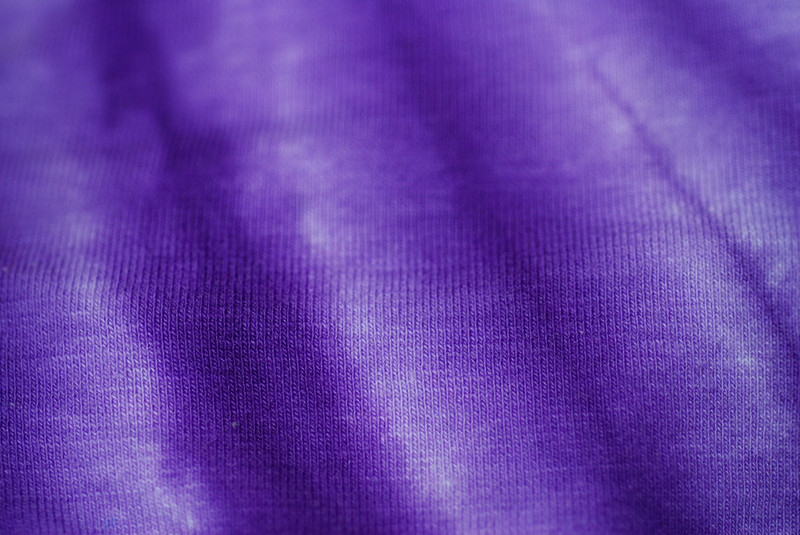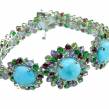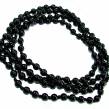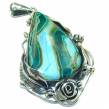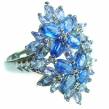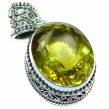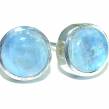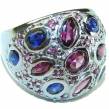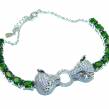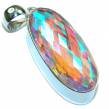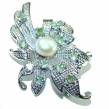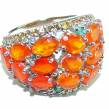The Color of Royalty: Why Purple Clothing and Jewels Have Such a Rich History
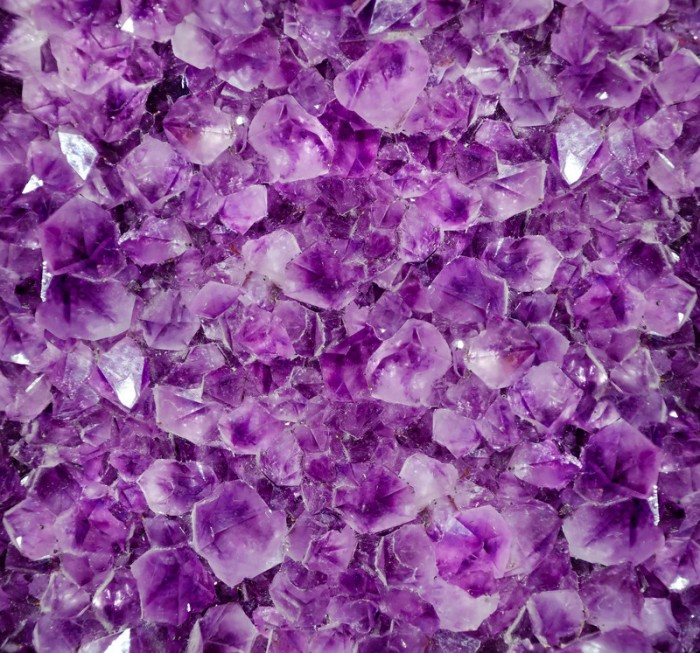
The month of February is all about the color purple, with the birthstone being amethyst, and the flower being the violet. But did you know that this color has a very rich and interesting history as to how it came to be such a popular color today?
One reason why it is such a prominent color in today’s society is because people of royal blood and power used to be the only ones who would be able to afford to wear it. From the dying process to the wardrobe, this beautiful color has had a role in society from royal representation, spiritual symbolism, and a wide effect on the world of current fashion trends.
Early production and trade of purple dye
You might guess that purple dye used to be made from natural plants and herbs such as lilac and lavender flowers, or berries such as grapes. Nope. It might seem a bit strange and gruesome, but during the ancient Greek era around 1,200 BC, purple dye was created by extracting it from sea snails—spiny dye-murex to be specific–and it took thousands of these little guys (supposedly 250,000 just for one ounce!) to dye different types of textiles. Instead of crushing and killing the snails to extract the purple dye, it could be collected by “milking” them. Then the dye would be put out in the sunlight to develop its hue—the longer the dye sat out in the sunlight, the more intense the purple shade. Because of the high labor cost of make such beautiful textiles in ancient Greece, the only people who would be seen wearing them would be royals, priests, and nobles.
Roman influence
Greeks were not the only ones to begin wearing the color purple as a symbol of high societal rank. In ancient Rome, emperors and priests would wear colored textiles of a darker shade of purple that had been mixed with indigo. Roman Catholic priests, especially those that are ranked as Bishops, still wear purple as a representation of piety, penitence, and faith. Priests will wear this color during Lent and when they listen to confessions. Different rankings wore different shades of purple or were coordinated with gold details or bands.
Royal purple in the palace
More recently during the 18th and 19th century, rulers such as Catherine the Great continued to uphold the tradition of wearing the color purple to symbolize her royal status as Empress of Russia. Queen Victoria of Great Britain wore a mauve gown to the Royal Exhibition of 1862, a particular shade of purple that (you guessed it), only royalty or upper society could afford to purchase. The British Royal Family is known to wear purple for special occasions and at ceremonies because it is made with purple velvet textiles and encrusted with the amethyst gemstone.
The world of fashion
Today, the shades of purple are more popular than ever; especially since Pantone named the color of the year for 2014 as Radiant Orchid and Violet Tulip is expected to be another popular color for spring 2014. Cherished for centuries, this color is not going out of style anytime soon.
Thanks to textile and dye advancements, purple clothing items can be found pretty much everywhere. Still representing royalty, religion, and symbols, you can add purple to your life any day of the week. Being that it is February and the birthstone for this month is the amethyst gemstone, why not wear a piece of jewelry that includes a color that has been an integral part of society from ancient times to today.
You may also like ...
- How Does A Gemstone Appraisal Work?
- Just How Well Will A Jewelry Cleaning Recipe Work? The Best Methods To Try To Clean Gems At Home
- The Most Valuable Gemstones You Never Knew Existed
- What You Don’t Know About Silver: It’s Antimicrobial?!
- Top Household Jewelry Cleaning Tips For Silver Jewelry
- Earrings - how to choose the perfect pair for yourself?

